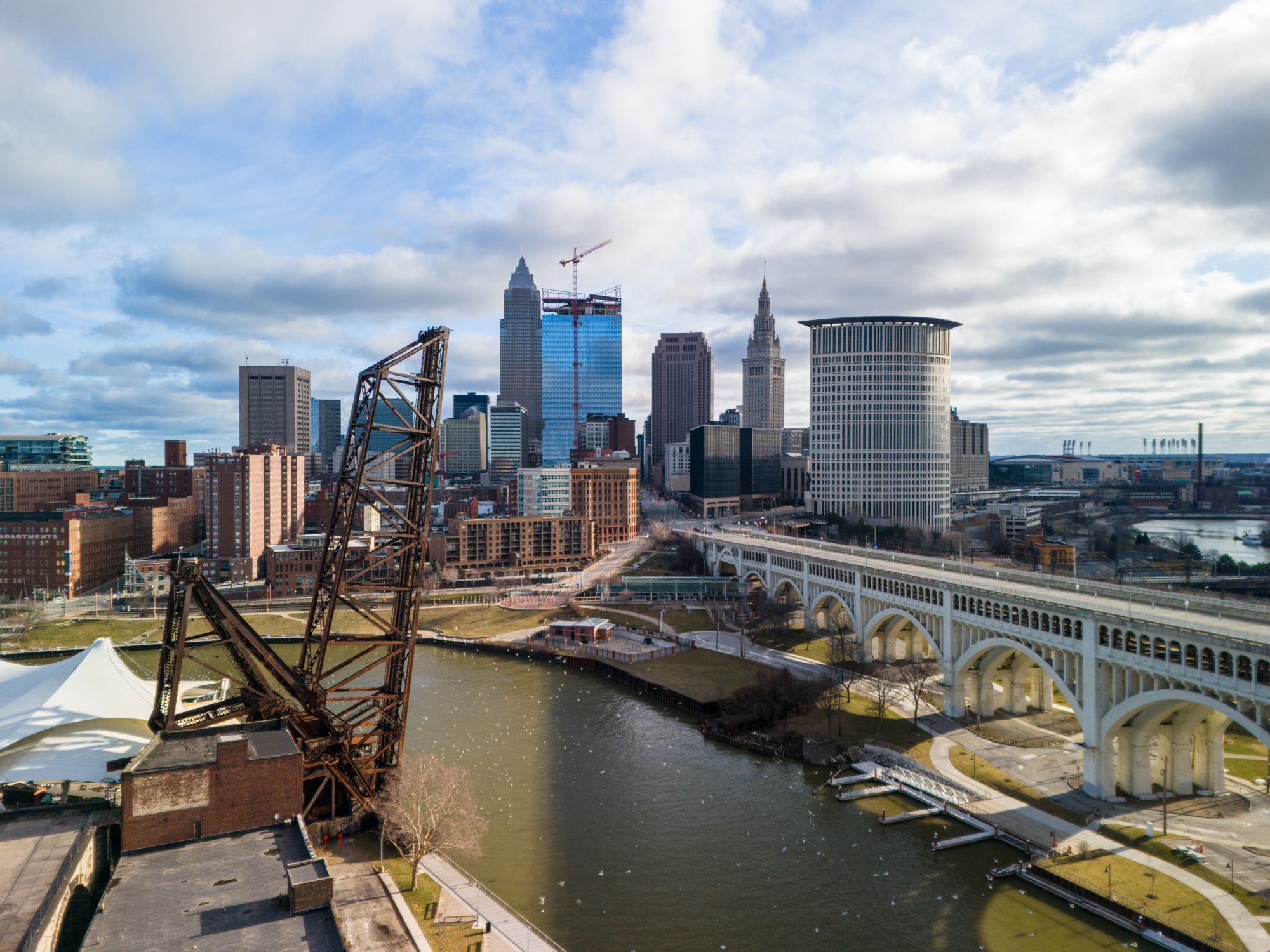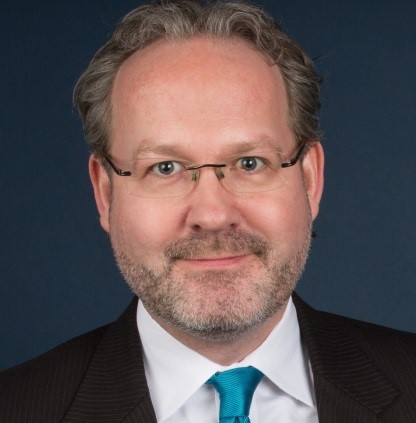Case and Materials
Leveraging the Lakefront: Spurring Inclusive Growth in Cleveland, Ohio Through Urban Redevelopment

Last Updated
Topics
Data and Evidence, Strategic Leadership and Management
Location
Midwest Region, United States
Overview
How can a newly elected mayor leverage a redevelopment project to drive inclusive growth in a city facing entrenched disparities? Mayor Justin Bibb of Cleveland, Ohio, prioritized revitalizing the city’s North Coast waterfront as part of a broader strategy to address social and economic inequity. The project sought to integrate cultural landmarks while navigating financial constraints and competing priorities such as public safety, underperforming schools, and revitalizing underserved neighborhoods. How can mayors balance visionary planning with practical coalition-building and what strategies can ensure that transformative projects meet the needs of all residents?
Introduction
Cleveland’s new, young mayor, Justin Bibb, ran on a platform that promised to revitalize the city’s downtown and untapped opportunity corridors while addressing social and economic inequity. After decades of failed attempts to redevelop Cleveland’s North Coast into a vibrant waterfront, Mayor Bibb doubled down on waterfront redevelopment as a strategy for inclusive economic growth. However, the city faced financial constraints and pressing concerns around public safety, police shortages, underperforming schools, and revitalizing the city’s East Side. The Browns Stadium lease, one of the main North Coast attractions, was up in 2028, and the city and the Browns were locked in stadium negotiations as part of the broader lakefront development approach. The project faced skepticism around its ability to fulfill the vision, whether it was the highest priority and best use of funds, and if it would generate inclusive growth, attract sufficient people and new businesses, and address racial inequities.
The case chronicles Cleveland’s economic transition from a bustling manufacturing hub to a mid-sized city with its knowledge economy workers largely clustering in nearby suburban counties, as well as how racial disparities have been entrenched along geographic (east-west; urban-suburban) and socio-economic lines. It examines the challenges to developing the lakefront, including its purposefully industrial build, existing infrastructure like the Shoreway, which cut downtown off from the lakefront, and the cost and financing mechanisms to do so. The case also highlights complementary lakefront development efforts, such as opening up land around the Browns Stadium, Rock and Roll Hall of Fame, and Great Lakes Science Center to mixed-use development to integrate Cleveland’s existing cultural assets. Emphasizing the need for a strong coalition to realize the project, the case also raises the challenges of actualizing inclusive planning to ensure support while maintaining political buy-in from regional and state actors.
Guides for using this case are forthcoming.
Learning Objectives
The case invites participants to challenge their mental models regarding inclusive growth and equitable economic development. Discussing the case is an opportunity to reflect on the theories of change informing cities’ economic strategies and efforts to tackle structural inequality of economic opportunity. By the end of the case session, participants should:
- Understand why and how to diagnose economic development challenges before pursuing particular policy options and making planning decisions by:
- Using the Five Lenses Framework and related resources from “Inclusive Growth for Cities: A Guide to Diagnose Challenges and Opportunities in Economic Development”
- Developing and testing a theory of change using empirical data
- Strengthen strategic thinking and action regarding inclusive economic development through:
- Timing and framing of the project
- Stakeholder engagement and collaborative governance






